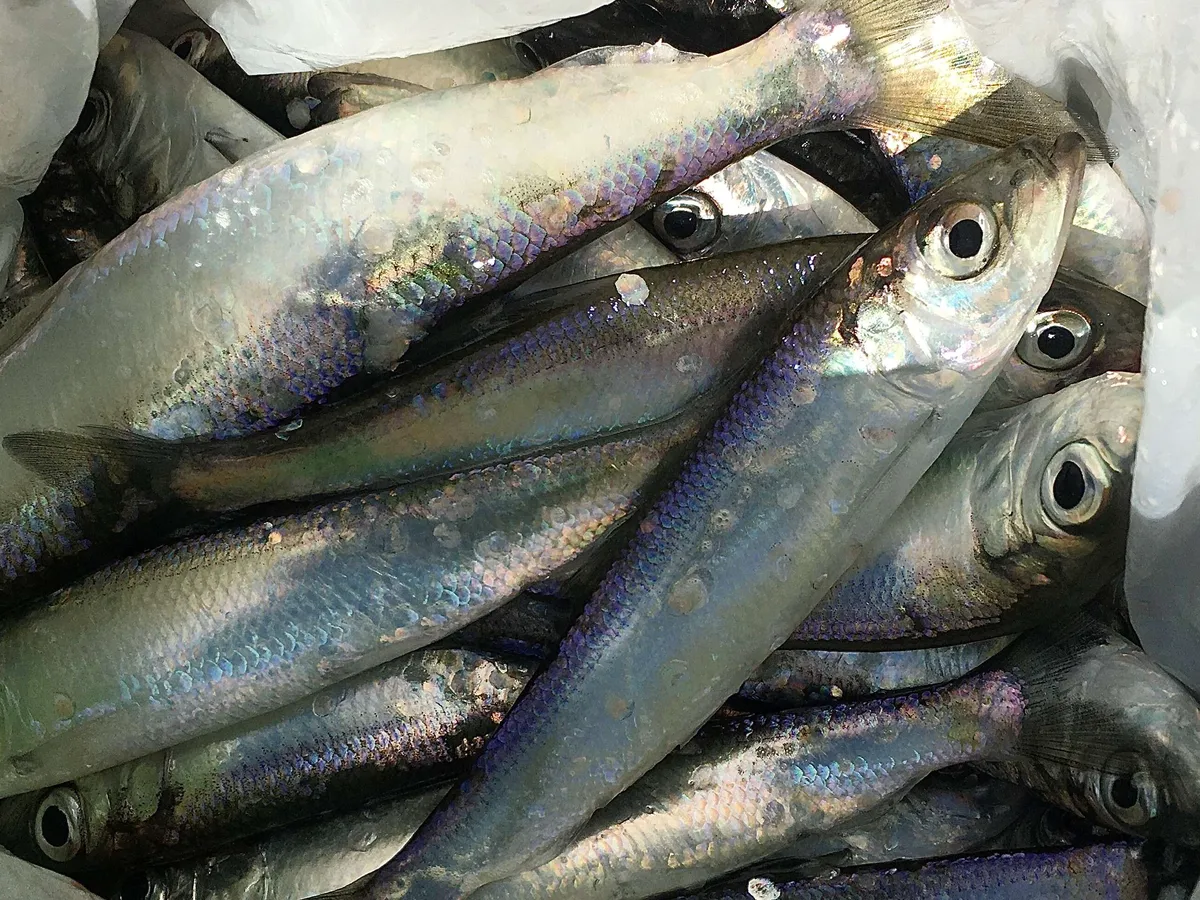The agriculture ministers of the European Union member states have reached an agreement on Baltic Sea fishing quotas for next year.
The fishing quota for herring, the main species of Finnish commercial fishing, will increase by 21 percent in the Gulf of Bothnia and by 108 percent in the main Baltic Sea basin.
Targeted commercial salmon fishing can be continued in all Finnish sea areas.
The Ministry of Agriculture and Forestry estimates that the decision will significantly improve the operating conditions of the Finnish fishing industry.
Minister of Agriculture and Forestry Sari Essayah (kd) is very satisfied with the outcome of the negotiations in Luxembourg.
“Finnish officials once again played a very decisive role when this compromise was being refined in the wee hours of the night”, praised Essayah after the meeting of the Agriculture and Fisheries Council.
Last year a “disaster” was avoided
During last year’s fishing quota negotiations, the EU Commission proposed a complete ban on targeted herring fishing.
Targeted fishing refers to catching targeted at a specific fish species.
The commission justified its policy with the reduction of herring spawning stocks and the small individual size of herrings.
However, the ministers decided last autumn to cancel the complete fishing ban on herring. The herring fishing quota in the main basin of the Baltic Sea and the Gulf of Finland was reduced by 43 percent and the quota in the Gulf of Bothnia by 31 percent.
The most important herring stock for Finland is the Pohjanlahti herring. According to the latest scientific assessment, its population is strengthening and the size of the herring is increasing.
“Now it has been great to show, based on scientific advice, that the fish stocks have really recovered. The decision made last year turned out to be the right one,” Essayah stated.
According to him, banning herring fishing would have been a “catastrophic situation”.
Fisheries advisor of the Ministry of Agriculture and Forestry Risto Lampinen states that there is a value chain based on herring worth around 100 million euros in Finland.
“Last year’s solution was just enough for the value chain to continue operating. There was no need to do any significant downsizing. It was really close, but luckily we managed to avoid the worst.”
According to Lampinen, the disappearance of large herrings was due, according to the Natural Resources Agency’s research, to the fact that the herrings had run out of food.
“Now these food animals have become more abundant, and with that the condition of the herrings has improved to a really good level.”

File sharing and storage made simple
barragemdefundao: "Rio Doce Rio Doce after the Marina dam disaster.…" – Mastodon
Rio Doce
Just a moment…
Rio Doce
Suspended Journal
Rio Doce – IM.GE – Free Image Hosting – Upload Image & Share
Rio Doce – JustPaste.it
Rio Doce – Business Photo Album By
Rio Doce – Online Notepad
Rio Doce
ImageBam
Rio Doce — Freeimage.host
Rio Doce hosted at ImgBB — ImgBB
Rio Doce photo – Barragem de Fundao photos at pbase.com
barragemdefundao – Rio DoceRio Doce after the Marina dam disaster. Visit:Rio Doce – Plurk
Rio Doce – Gifyu
FemiPro Reviews (Honest Customer Analysis!) !~!~!Proven Ingrediens and Benefits! $@!~!PR $$49 · Customer Self-Service
Antique Shoppefl – Most accurate psychic readings
IHC Psychics since 2014 – Most accurate psychic readings
Lokua Kanza – Most accurate psychic readings
Live (at) Spark – Most accurate psychic readings
What A Nice Website – Most accurate psychic readings
alejandrina8918's gallery – AstroBin
Can Geo Photoclub
Member Profile for alejandrina8918
pin up – start.me
Pin Up Bet: O lugar ideal para jogos de azar e apostas
Renderosity – 3D Models | 3D Software | 3D Art
2166surprised